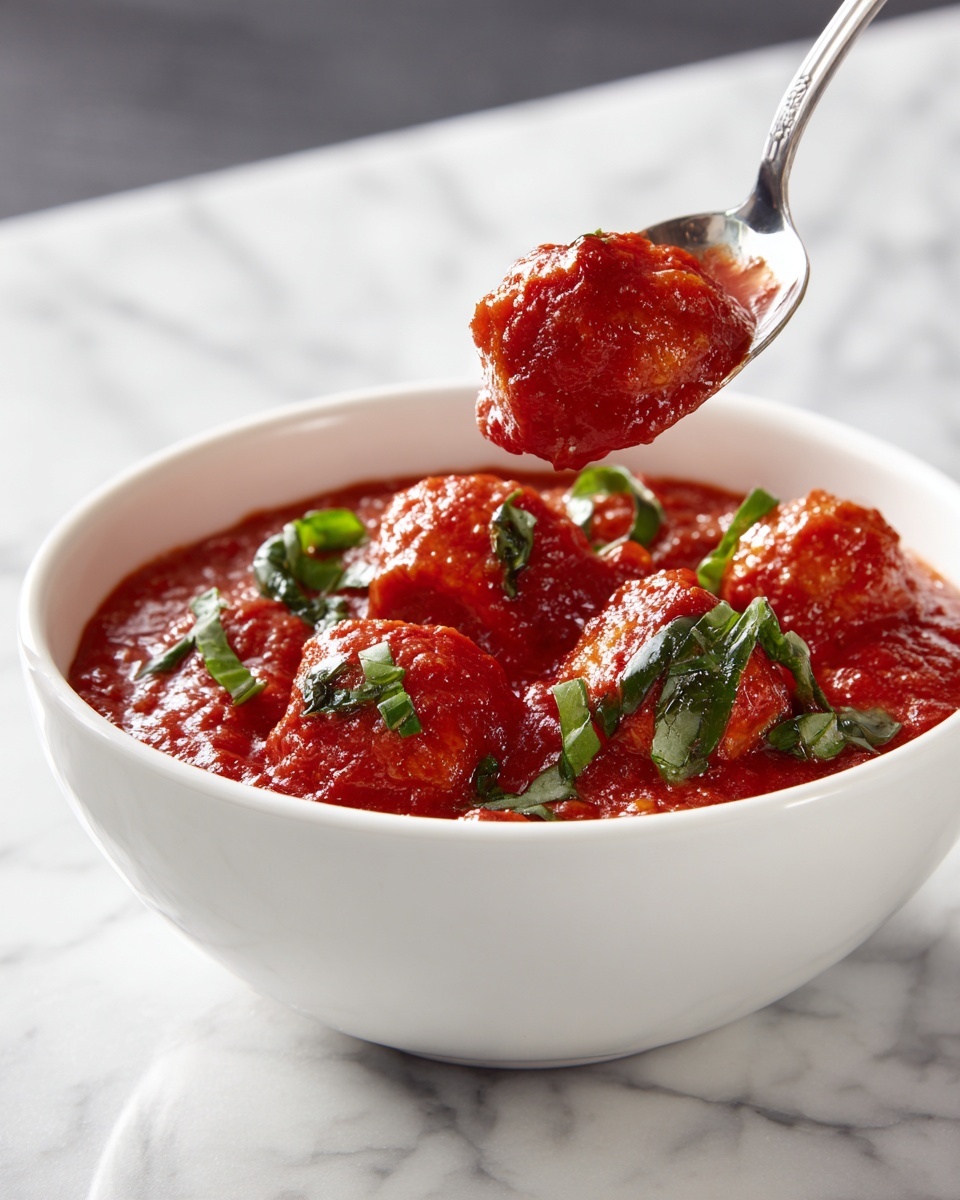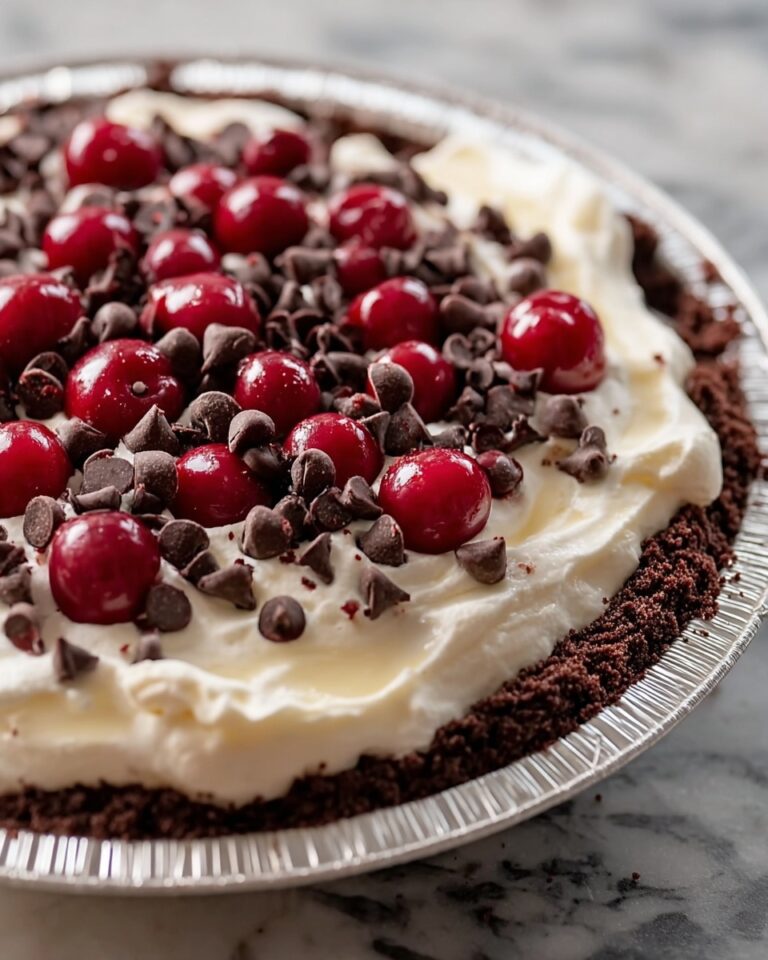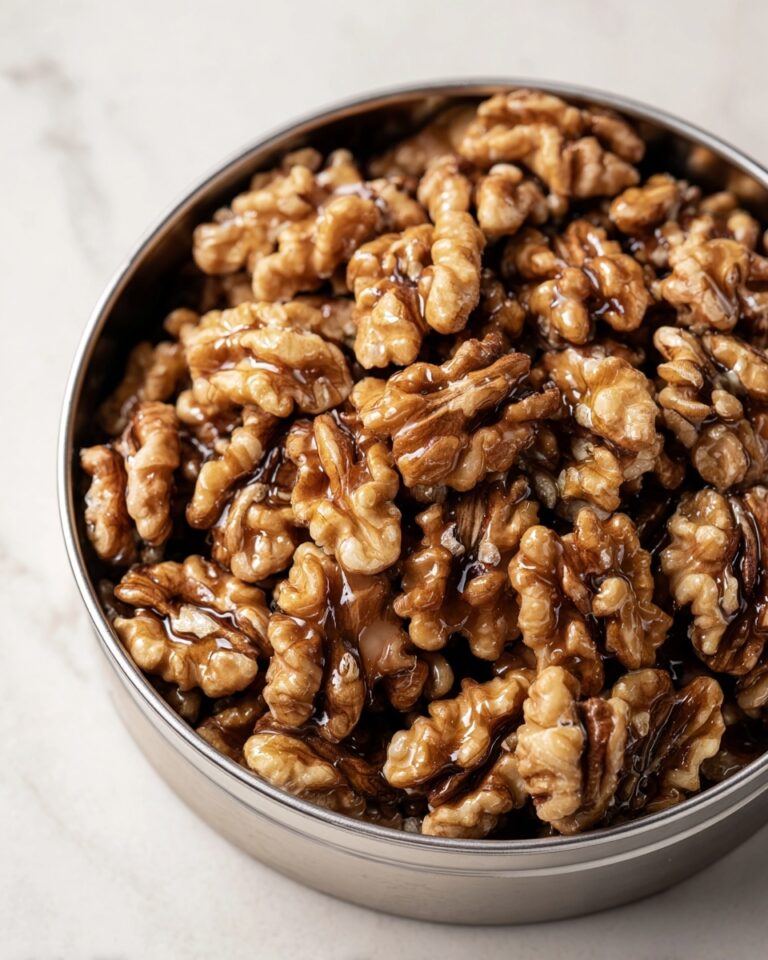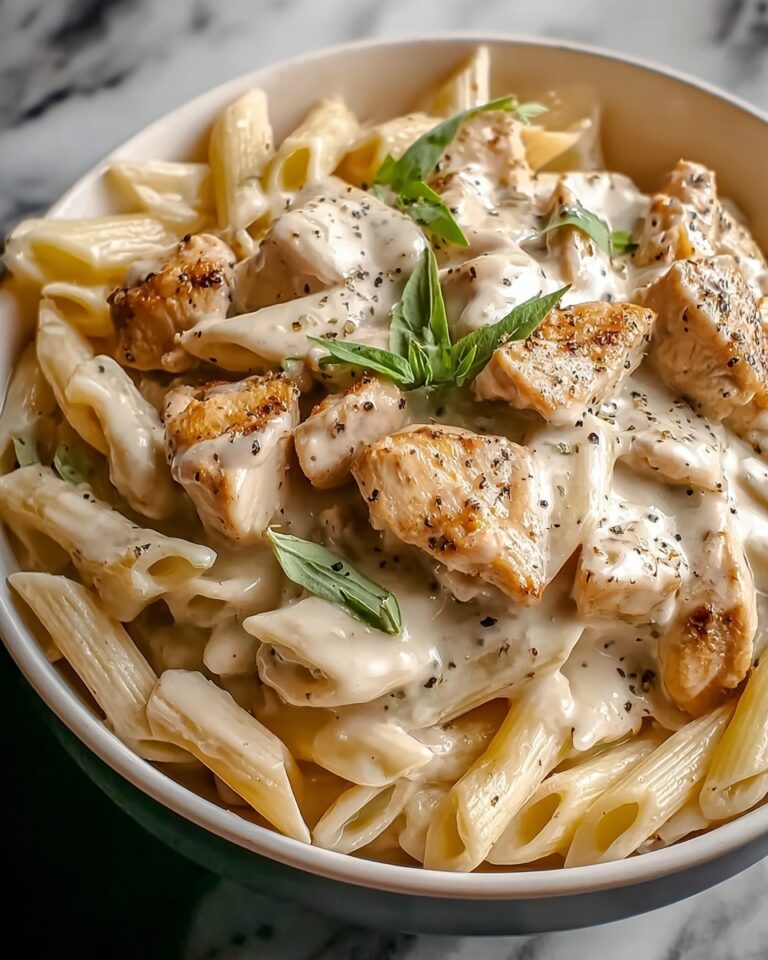If you’ve ever craved that perfectly balanced tangy, sweet, and savory flavor that makes Chinese takeout so addictive, this Restaurant Style Sweet and Sour Sauce Recipe is exactly what you need. It captures the essence of the classic sauce with fresh pineapple juice and a beautiful blend of rice vinegar, ketchup, and soy sauce, creating a glossy, irresistible glaze. Whether you’re dipping crispy chicken, glazing stir-fried veggies, or drizzling it over a colorful plate, this sauce is a total game changer that’s surprisingly easy to whip up at home.
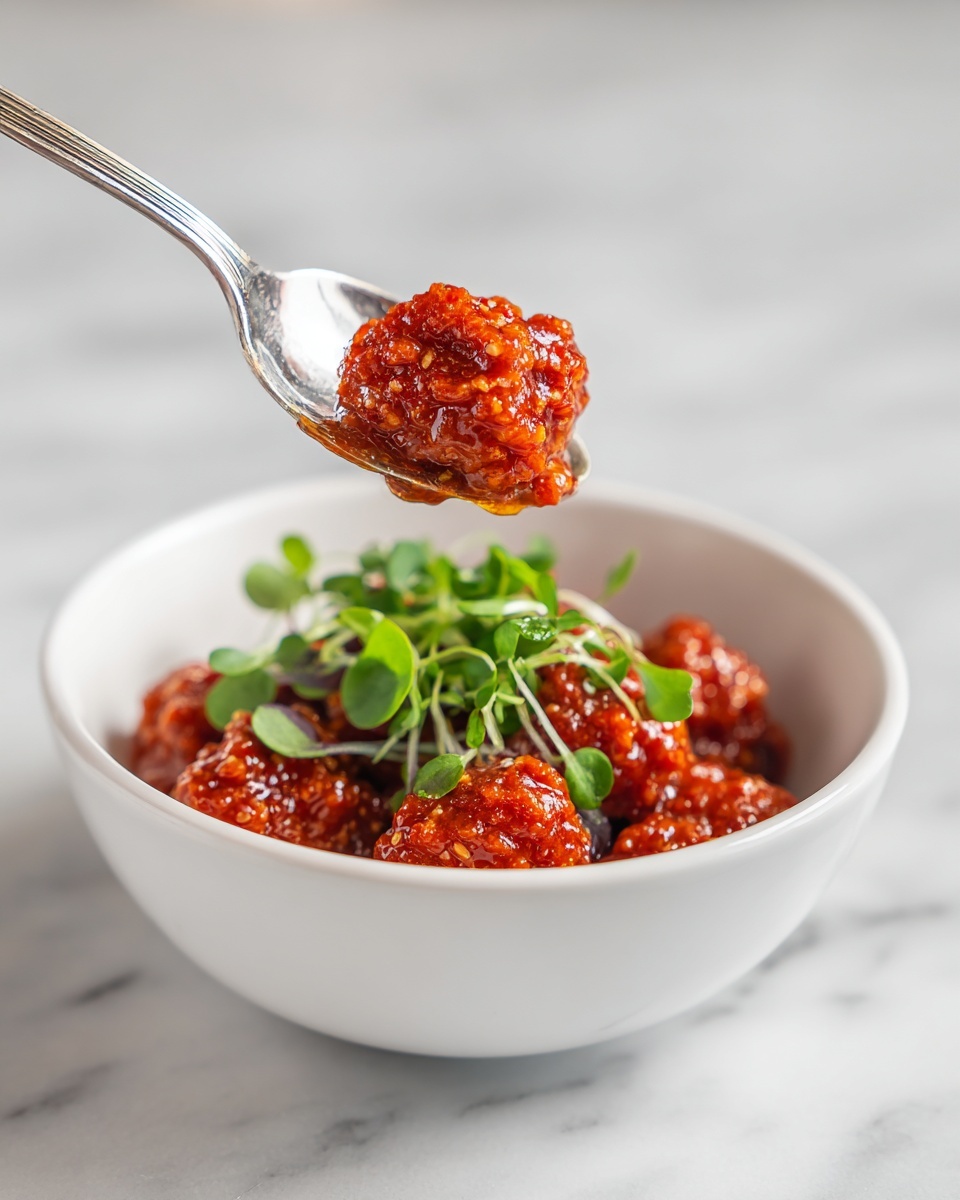
Ingredients You’ll Need
The magic behind this Restaurant Style Sweet and Sour Sauce Recipe lies in its simplicity; just a handful of common pantry staples come together to create a sauce bursting with flavor and the perfect texture. Each ingredient plays a crucial role, from the fruity brightness of pineapple juice to the tangy kick of vinegar and the subtle umami of soy sauce.
- 1/2 cup pineapple juice: Adds sweet fruitiness and moisture, a signature touch of authenticity.
- 1/3 cup rice vinegar or white vinegar: Provides the essential tang that balances the sweetness perfectly.
- 1/3 cup ketchup: Brings rich tomato flavor and a bit of natural sweetness and color.
- 1/2 cup granulated sugar: Gives the sauce that irresistible sweet note that makes it comforting and crave-worthy.
- 1 tablespoon soy sauce: Infuses a mild savory depth and saltiness for complexity.
- 2 tablespoons cornstarch: Thickens the sauce to that smooth, glide-on texture we love.
- 2 tablespoons water: Used to make the cornstarch slurry, ensuring a lump-free sauce.
How to Make Restaurant Style Sweet and Sour Sauce Recipe
Step 1: Combine the Base Ingredients
Start by whisking together pineapple juice, rice vinegar, ketchup, sugar, and soy sauce in a medium saucepan. This blend is where your sauce gets its signature balance—a little sweet, a little tangy, and just enough savory to keep things interesting. Whisking well at this stage ensures every flavor is evenly dispersed.
Step 2: Bring to a Gentle Simmer
Set your saucepan over medium heat and let the mixture come to a gentle simmer. Stir occasionally to help dissolve the sugar and meld all those beautiful flavors. The simmer allows the sauce to concentrate slightly, deepening the overall taste.
Step 3: Prepare the Cornstarch Slurry
While the sauce simmers, mix cornstarch and water in a small bowl until you get a smooth slurry. This step is key to prevent lumps and achieve that silky smooth consistency that clings perfectly to your dishes.
Step 4: Thicken the Sauce
Gradually whisk the cornstarch slurry into your simmering sauce, stirring constantly. Within a few minutes, you’ll see your sauce thicken beautifully and develop a glossy shine. If you prefer a thicker or thinner sauce, simply adjust the cooking time or slurry amount.
Step 5: Finish and Cool Slightly
Once the sauce has thickened to your liking, remove it from heat and let it cool just a bit. This makes it easier to handle and ensures the perfect texture when you serve it as a dip or drizzle over your favorite dishes.
How to Serve Restaurant Style Sweet and Sour Sauce Recipe
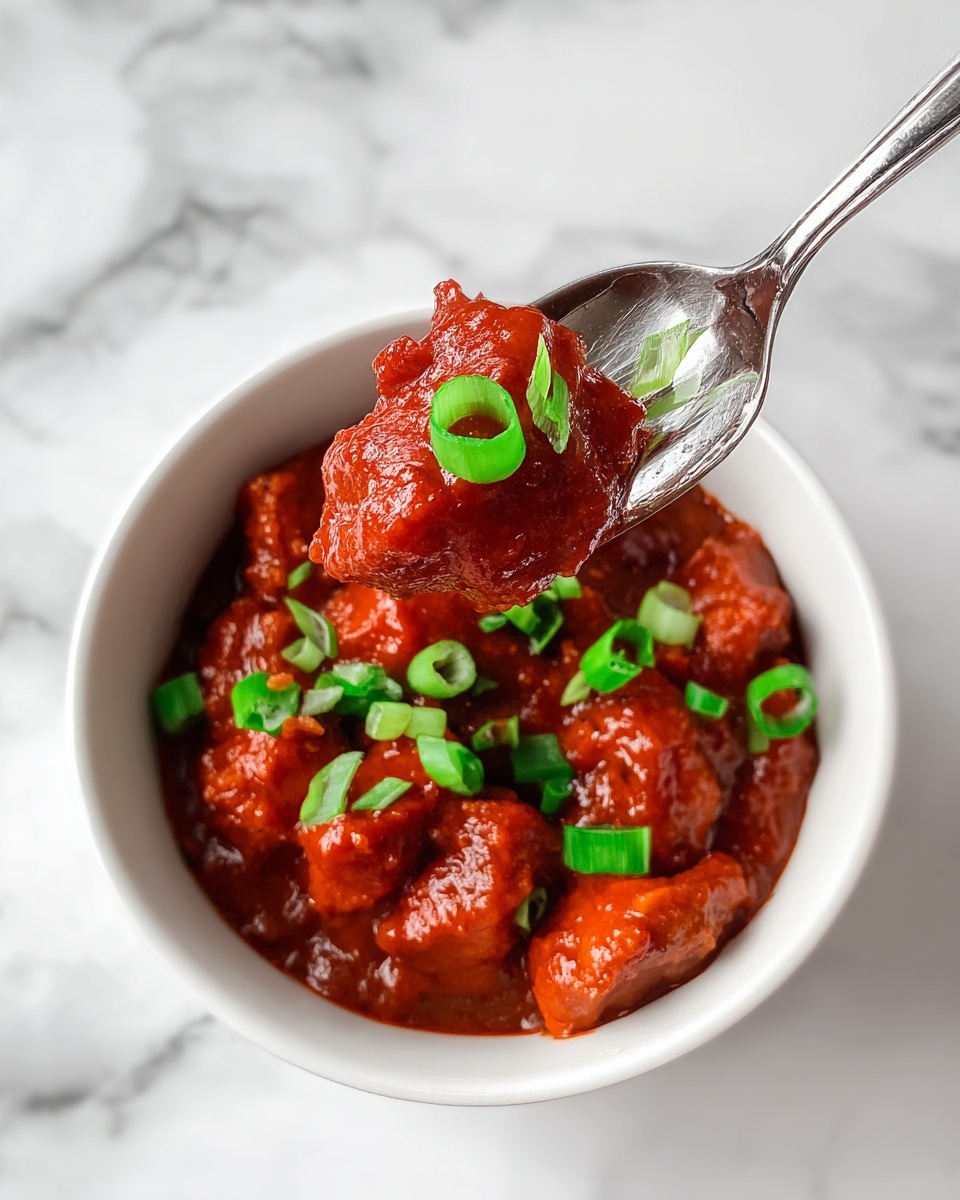
Garnishes
To really make your dishes pop, consider swirling in chopped green onions or sprinkling some toasted sesame seeds on top. These little touches add a fresh crunch and earthy aroma that complement the sauce’s flavors brilliantly.
Side Dishes
This sauce pairs wonderfully with crispy fried chicken, battered shrimp, or even caramelized tofu. Serve it alongside steamed jasmine rice or stir-fried veggies to create a vibrant meal that’s satisfying and deliciously saucy.
Creative Ways to Present
Don’t be afraid to get inventive. Try glazing grilled pineapple or drizzling the sauce over roasted meatballs for a fun twist. You can even use it as a dipping sauce for spring rolls or as a bold salad dressing base mixed with a little extra vinegar and oil.
Make Ahead and Storage
Storing Leftovers
Your Restaurant Style Sweet and Sour Sauce Recipe keeps beautifully in an airtight container in the refrigerator for up to a week, so you can easily enjoy it again without any extra hassle.
Freezing
If you want to store it for longer, freezing works well too. Pour the cooled sauce into freezer-safe containers or bags, leaving some room for expansion. When you’re ready, just thaw it slowly in the fridge overnight.
Reheating
Reheat gently on the stovetop over low heat, stirring constantly to restore that perfect glossy texture. Avoid boiling it vigorously, as high heat can break down the cornstarch and affect the thickness.
FAQs
Can I use fresh pineapple instead of pineapple juice?
Absolutely! Fresh pineapple blended and strained can add a lovely fresh fruit flavor. Just make sure to adjust the liquid quantities so the sauce doesn’t get too watery.
Is rice vinegar necessary, or can I use another vinegar?
Rice vinegar is preferred for its mild and slightly sweet profile, but white vinegar is a fine substitute. Avoid stronger vinegars like apple cider or balsamic, as they will overpower the sauce’s delicate balance.
How can I make the sauce spicier?
Add a pinch of red chili flakes or a dash of Sriracha when you whisk the base ingredients. This adds a nice kick without masking the signature sweet and tangy flavor of the sauce.
Can this sauce be made vegan?
Definitely! The recipe is naturally vegan as long as you use a vegan-friendly soy sauce (some brands contain fish elements), and of course no animal products go into the sauce itself.
What dishes go best with this sweet and sour sauce?
This sauce shines with fried or grilled proteins like chicken, pork, shrimp, or tofu. It’s also fantastic as a stir-fry sauce for vegetables or as a dipping sauce for appetizers like egg rolls or dumplings.
Final Thoughts
There’s something truly special about mastering your own Restaurant Style Sweet and Sour Sauce Recipe at home. It’s a versatile, delicious sauce that brings a burst of flavor to countless dishes and impresses every time. I hope you give this recipe a try and discover how easy it is to recreate that restaurant-quality magic in your own kitchen. Happy cooking!
Print
Restaurant Style Sweet and Sour Sauce Recipe
- Prep Time: 5 minutes
- Cook Time: 10 minutes
- Total Time: 15 minutes
- Yield: 6 servings
- Category: Sauce
- Method: Stovetop
- Cuisine: Chinese
Description
This restaurant-style sweet and sour sauce is a perfect blend of pineapple juice, vinegar, ketchup, and sugar, thickened with cornstarch for a glossy finish. It is quick to prepare and adds a tangy, sweet flavor ideal as a dip, glaze, or stir-fry sauce, elevating your dishes with a balanced and vibrant taste.
Ingredients
Sweet and Sour Sauce Ingredients
- 1/2 cup pineapple juice
- 1/3 cup rice vinegar or white vinegar
- 1/3 cup ketchup
- 1/2 cup granulated sugar
- 1 tablespoon soy sauce
- 2 tablespoons cornstarch
- 2 tablespoons water
Instructions
- Mix the liquids and seasonings: In a medium saucepan, whisk together pineapple juice, rice vinegar or white vinegar, ketchup, granulated sugar, and soy sauce until well combined.
- Heat the mixture: Place the saucepan over medium heat and bring the mixture to a gentle simmer, stirring occasionally to dissolve the sugar and blend the flavors.
- Prepare the cornstarch slurry: In a small bowl, combine cornstarch and water, stirring thoroughly to create a smooth slurry without lumps.
- Thicken the sauce: Gradually whisk the cornstarch slurry into the simmering saucepan, stirring constantly to prevent lumps and promote even thickening.
- Simmer until thickened: Continue to cook for 2-3 minutes until the sauce reaches your desired thick and glossy consistency, maintaining a gentle simmer and stirring regularly.
- Finish and serve: Remove the saucepan from heat, allow the sauce to cool slightly, then serve as a versatile dip, glaze, or stir-fry sauce to enhance your dishes.
Notes
- Use rice vinegar for a milder tang or white vinegar for a sharper flavor depending on your preference.
- Adjust sugar quantity to tweak the sweetness level.
- Stir continuously when adding the cornstarch slurry to avoid clumps.
- Store leftover sauce in an airtight container in the refrigerator for up to one week.
- Reheat gently on the stovetop or microwave before serving.

